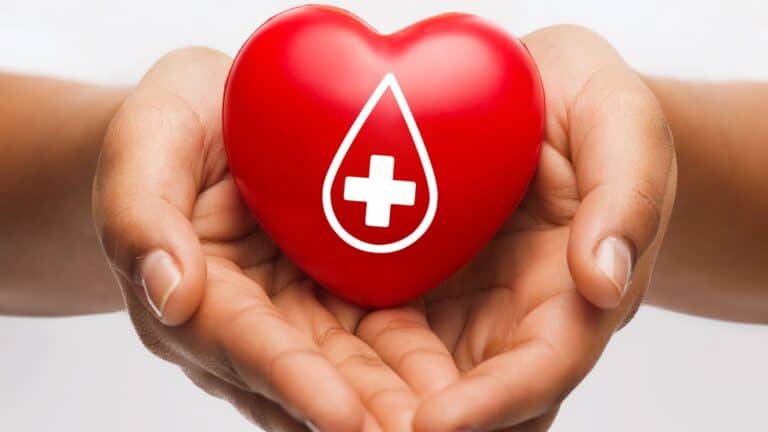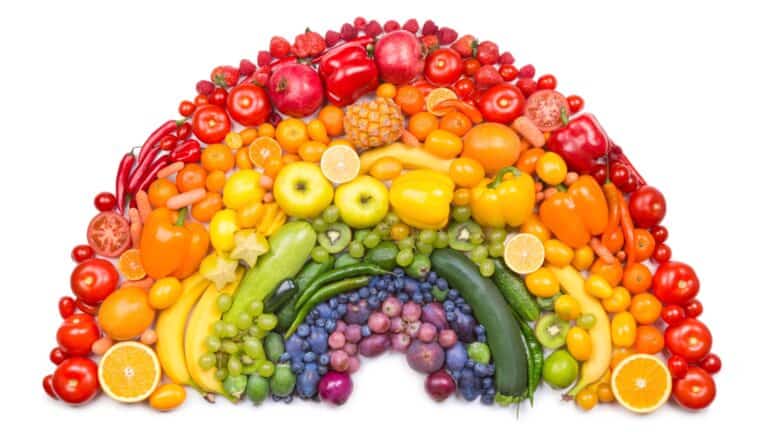Confusing Heart Attack Warning Signs in Women: 12+ Symptoms You Should Not Ignore!
Heart attacks, or myocardial infarctions, are critical medical emergencies where the blood supply to a part of the heart is suddenly blocked, usually by a blood clot. While heart attacks are commonly associated with men, they are a significant health risk for women as well. In fact, heart disease is the leading cause of death for women in many parts of the world, surpassing even breast cancer. Understanding how to detect a heart attack, why women are susceptible, and the relevant statistics is crucial for improving outcomes and saving lives.
Symptoms of Heart Attacks in Women

Heart attack symptoms can vary between men and women. Women are less likely to experience the “classic” heart attack symptoms such as severe chest pain. Instead, they may have more subtle and atypical symptoms, which can sometimes lead to misdiagnosis or delayed treatment. Women also tend to avoid disrupting the lives of others and end up waiting too long to seek help, endangering themselves even further.
Because so many of the heart attack symptom descriptions are male oriented it can be confusing for women to recognize the signs.
Key symptoms to be aware of include:
Chest Discomfort

Chest pain or discomfort is the most common heart attack symptom in women, but it may not always be severe or localized to the left side of the chest. It can feel like pressure, tightness, fullness or pain in the center of the chest.
Confusing aspect: Women may experience chest pain differently than men, with a more gradual onset or a feeling of discomfort rather than severe pain.
Arms, Neck, Jaw or Stomach Pain

Pain or discomfort can occur in one or both arms, the back, neck, jaw, or stomach.
Confusing aspect: Women are more likely to experience pain in these areas than men, which can be mistaken for other conditions like muscle strain or indigestion.
Shortness of Breath

Feeling winded or unable to catch your breath, even when sitting still or engaging in light physical activity.
Confusing aspect: Shortness of breath can be mistaken for asthma or other respiratory conditions, especially if it occurs without chest pain.
Cold Sweat

Breaking out in a cold sweat, often accompanied by other symptoms.
Confusing aspect: Sweating can be mistaken for menopausal hot flashes or anxiety.
Nausea or Vomiting

Feeling queasy or vomiting without any apparent reason.
Confusing aspect: Nausea or vomiting can be mistaken for food poisoning, the flu, or other gastrointestinal issues.
Lightheadedness or Dizziness

Feeling faint or dizzy, especially when standing up or changing positions.
Confusing aspect: Lightheadedness can be mistaken for dehydration, low blood sugar, or other conditions.
Fatigue

Unusual or unexplained tiredness, sometimes lasting for days, can be an important symptom of a heart attack in women. Feeling extremely tired or exhausted, even after resting.
Confusing aspect: Fatigue can be mistaken for depression, anemia, or other conditions.
Indigestion or Stomach Pain

Feeling severe abdominal pressure or pain, which can be mistaken for heartburn, acid reflux, or a stomach ulcer.
Confusing aspect: Indigestion or stomach pain can be mistaken for gastrointestinal issues rather than a heart attack.
Palpitations

Feeling an irregular heartbeat or fluttering in the chest.
Confusing aspect: Palpitations can be mistaken for anxiety or panic attacks.
Confusion or Disorientation

Feeling disoriented or confused, especially if accompanied by other symptoms.
Confusing aspect: Confusion can be mistaken for a neurological condition or a side effect of medication.
Coughing or Wheezing

Coughing or wheezing without any apparent respiratory infection.
Confusing aspect: Coughing or wheezing can be mistaken for asthma or chronic obstructive pulmonary disease (COPD).
Weakness or Tingling
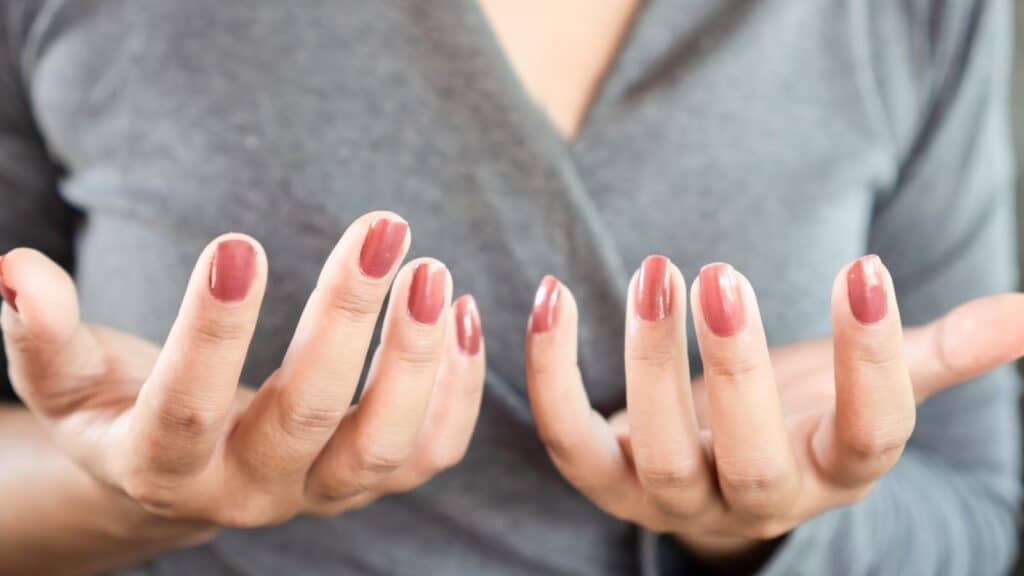
Feeling weak or experiencing tingling sensations in the arms, legs, or face.
Confusing aspect: Weakness or tingling can be mistaken for a neurological condition or a side effect of medication.
Unusual Symptoms

Some women may experience unusual symptoms like a sense of impending doom, anxiety, or a feeling of being “off” without any apparent reason.Sudden sleep problems, including waking up in the middle of the night, could signal a heart attack.
Confusing aspect: These symptoms can be mistaken for anxiety or depression rather than a heart attack.
These symptoms can sometimes be mistaken for other conditions, such as the flu or indigestion. The American Heart Association is an excellent resource for learning more.
Why Women Are Susceptible

Women’s susceptibility to heart attacks can be influenced by various factors, both biological and social. Some of the key factors include:
Hormonal Differences

Estrogen has a protective effect on the heart, but this protection diminishes after menopause, increasing the risk of heart disease.
Atypical Symptoms

As mentioned earlier, women often experience less obvious symptoms, which can delay diagnosis and treatment.
Psychosocial Factors
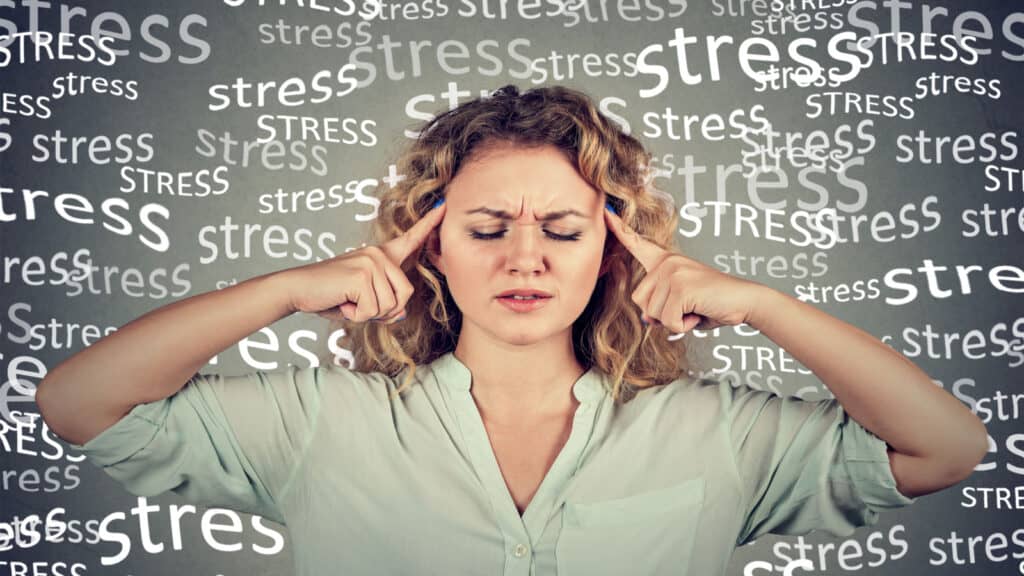
Stress, depression, and anxiety are more prevalent in women and can increase the risk of heart disease.
Comorbidities
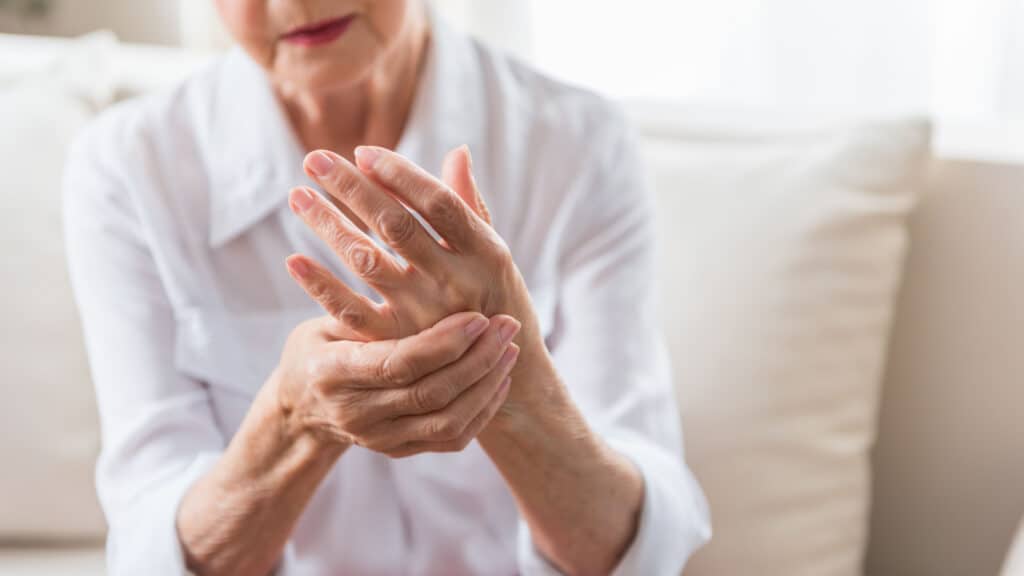
Women are more likely to have comorbid conditions like diabetes, hypertension, and autoimmune diseases, which can elevate heart attack risk.
Lifestyle Factors

Obesity, smoking, lack of physical activity, and poor diet are common risk factors that affect both men and women but can have differing impacts based on sex.
Statistics

Understanding the statistical landscape of heart attacks in women can highlight the urgency and importance of addressing this health issue. Key statistics include:
Prevalence
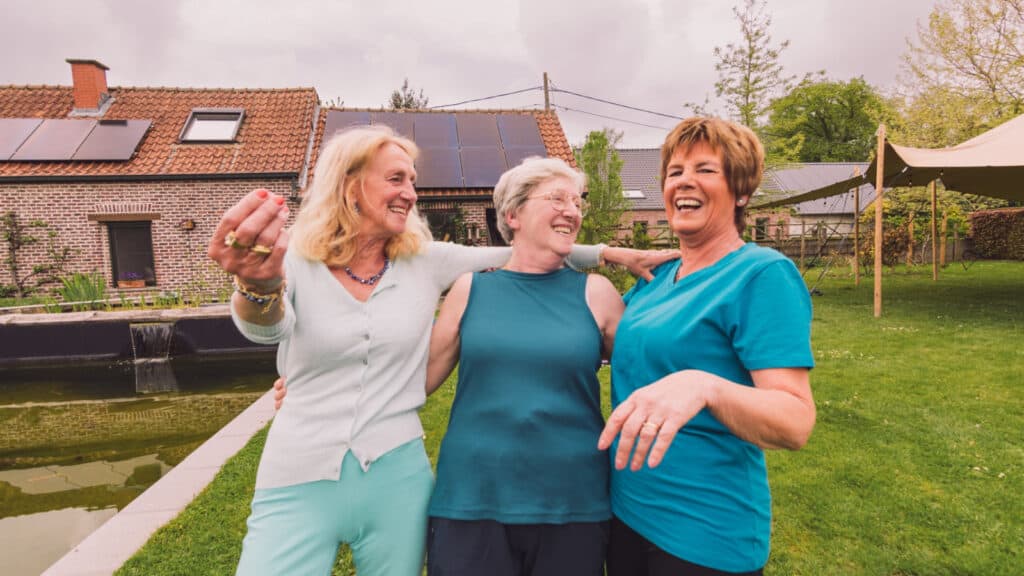
Heart disease is the leading cause of death for women in the United States, causing about 1 in every 5 female deaths.
Mortality Rates
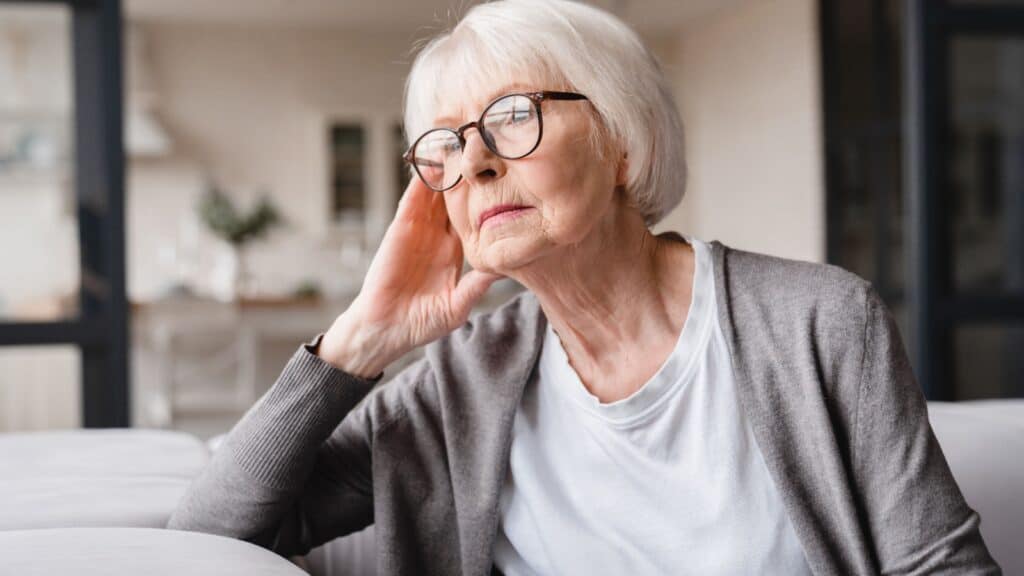
Approximately 47% of sudden cardiac deaths occur outside a hospital, suggesting that many people, including women, do not act on early warning signs.
Awareness

Studies have shown that women are less likely than men to recognize heart disease as their greatest health threat.
Age Factor

While the risk of heart disease increases with age, younger women are not immune. Risk factors like smoking, obesity, and diabetes are causing more heart attacks in women aged 35-54.
Ethnic Disparities

Women of color, especially African American and Hispanic women, are at higher risk of heart disease and have higher mortality rates from heart attacks compared to white women.
Prevention and Early Detection

Preventing heart attacks in women involves a multifaceted approach that includes lifestyle changes, medical interventions, and awareness:
Healthy Lifestyle Choices

Eating a balanced diet, engaging in regular physical activity, maintaining a healthy weight, and avoiding smoking are fundamental steps. Read: 25 Essential Habits for a Healthier and Happier Life
Regular Check-Ups

Regular health screenings for blood pressure, cholesterol levels, and diabetes can help detect risk factors early.
Medication

For some women, medication may be necessary to manage conditions like hypertension or high cholesterol.
Education and Awareness

Increasing awareness about heart attack symptoms and risk factors specific to women can lead to earlier detection and treatment.
Stress Management

Learning to manage stress through techniques like meditation, yoga, or therapy can reduce heart disease risk. Read: 14 Ways To Care For Yourself And Loved Ones During Turbulent Times
The Takeaway

Heart attacks in women are a critical health issue that requires greater awareness and understanding. By recognizing the symptoms, understanding why women are susceptible, and considering the statistical evidence, women can be better prepared to take proactive steps in preventing and detecting heart attacks. Educating women about heart health and ensuring they receive timely and appropriate care can significantly reduce the burden of heart disease and improve outcomes.
Understanding these nuances and taking preventive measures can help save lives and improve the quality of life for women around the world.
Why More Young Adults Are Experiencing Strokes

Stroke rates in younger adults (under 50) have been increasing, while rates in older adults have shown different trends. Several sources have highlighted this trend. Here is some data to consider: READ: Why More Young Adults Are Experiencing Strokes
Women Are At Far Higher Risk For Dementia Than Men. Why?

Studies show that women are more likely to develop dementia than men. In fact, twice as many women suffer from Alzheimer’s disease, the most common form of dementia. This higher risk is partly because women tend to live longer than men, and age is a major factor in dementia. However, whether women face a greater risk at the same age as men is still up for debate among researchers. READ: Women Are At Far Higher Risk For Dementia Than Men. Why?
Join Us

Join us on this empowering journey as we explore, celebrate, and elevate “her story.” The Queen Zone is not just a platform; it’s a community where women from all walks of life can come together, share their experiences, and inspire one another. Welcome to a space where the female experience takes center stage. Sign up for our newsletter so you don’t miss a thing, Queen!



